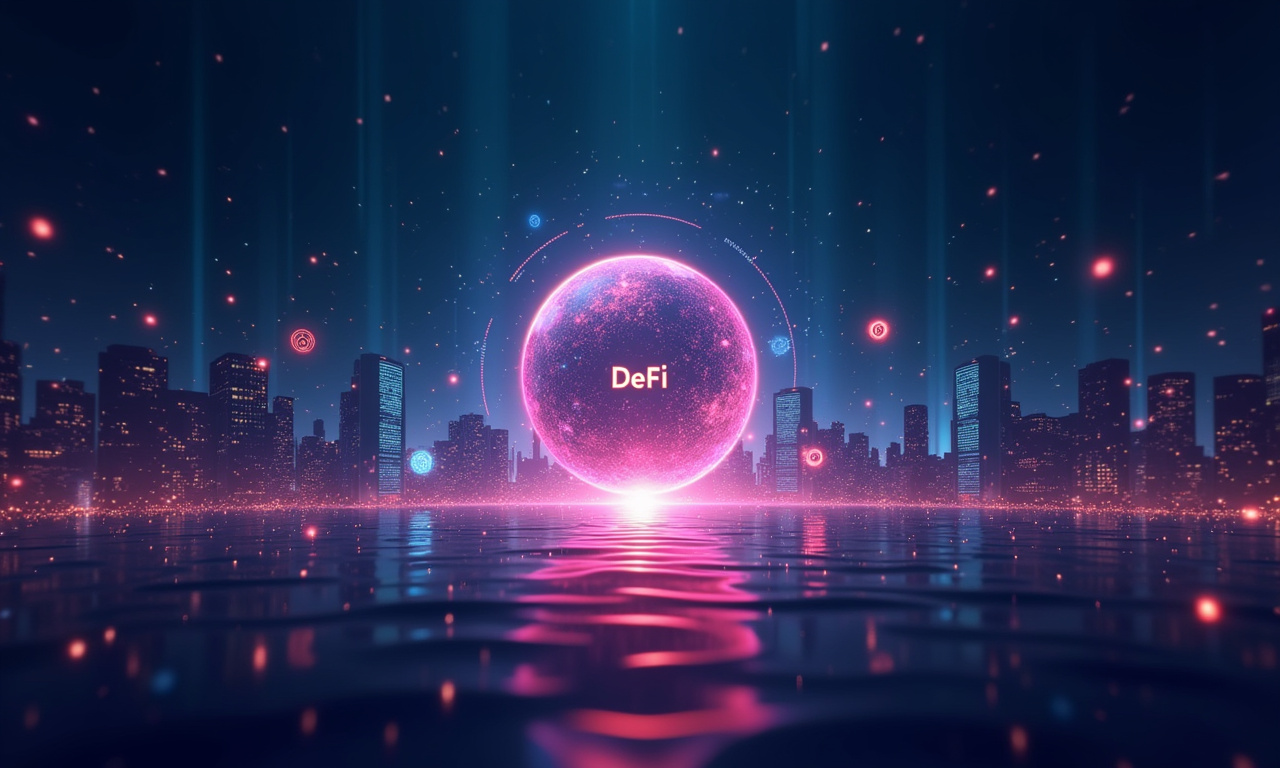Okay, let's be real. Everyone's screaming about NFTs. The headlines are blinding: Ethereum's market cap eclipsing Netflix, Cool Cats mooning, and some blurry JPEG selling for more than your house. Yet, are we so superficially distracted by the shiny new toy that we’re losing the plot? All of this begs the question as the recent news shouts that NFTs have passed DeFi in daily active wallets. Okay, cool. So what?
I'm not saying NFTs are inherently bad. Far from it. They stand for a profound turn, an incipient democratization of art, of collectibles, and of identity, too. Yet the hype around them is equally as intense and just as unvarnished. Their pace of adoption should be enough to freak you and I out pretty good.
1. Speculation On Steroids
Remember the ICO boom of 2017? The DeFi summer of 2020? Each wave was characterized by real innovation, sure, but a tidal wave of scams, rug pulls, and at the end of the day, heartbroken investors. NFTs are that, but amplified. Digital art is unique in the sense that there is innate subjectivity to its value. This creates a far greater jurisdictional risk to manipulation than even the most esoteric altcoin.
Think about it. A community rallies around a project. Influencers pump it. Prices skyrocket. Early adopters cash out, leaving latecomers holding bags full of… well, nothing but a link to a server that might not even exist in five years. The Cool Cats price boom serves as a textbook case. 48% in a day? That’s not organic growth, that’s a slot machine driven by naked avarice. This isn’t investing; it’s gambling with training wheels.
2. DeFi Innovation Overshadowed
Behind the more surface-level glitz, DeFi is laying the groundwork for what finance of the future will look like. Tokenized stocks, decentralized lending platforms, and complex yield farming tactics are changing the world of finance as we know it. Combined, they’re paving a more equitable and accessible financial system for all. DeFi is right now more alive than ever, recently surpassing an all-time high of $270 billion in total value locked. Despite the ongoing NFT craze, this growth is a clear testament to its underlying strength.
Here's the problem: attention is a zero-sum game. Every headline devoted to Bored Apes is a headline not devoted to the genuinely groundbreaking work happening in decentralized insurance, or cross-chain interoperability.
We're so busy chasing the quick buck that we're neglecting the long-term potential of a truly decentralized financial ecosystem. Having a surge of Ethereum onchain volume is wonderful, but where that surge comes from is key. Is it sustainable innovation, or fleeting hype?
3. Wealth Concentration Intensified
The initial promise of crypto, at least in the eyes of many crypto advocates, was democratization. Giving power back to the people. Let's be honest: the NFT space, as it currently exists, is exacerbating wealth inequality.
Who's buying these million-dollar JPEGs? Not your average retail investor. It’s the capitalist class, riding crypto as a new financial imagination to create more capital. The time and financial investment required to compete is just insurmountable for vast swathes of people. As NFTs continue breaking new ground, they’re becoming increasingly recognized as the most dynamic elements in the NFT space. Today, they primarily act as an active component for the rich.
This has nothing to do with jealousy, but everything to do with the basic tenets of fairness and access. Are we really okay with building a future where only the privileged few are able to take part in the digital economy?
4. Regulatory Landmine
The ambiguity of regulatory frameworks or lack thereof, concerning NFTs is a time bomb waiting to explode. Governments are already beginning to pay attention, and further scrutiny is sure to come.
The opportunity for money laundering, tax evasion and just plain fraud in this unregulated NFT market is staggering. As Ethereum’s scalability improvements bring more positive attention to the network, they still pose a threat by providing a larger playground for bad actors.
When that hammer finally drops, and it will, the damage this action will impart on the NFT market may be catastrophic. ASSET REEVALUATION Don’t be caught flatfooted when a lot of your valuable sounding assets become worthless by the end of the day. Remember the SEC vs. Ripple case? Now, picture that multiplied across thousands of different NFT projects.
5. Blur's Dominance: A Centralized Threat
NFT marketplaces such as Blur seizing 80% of the daily NFT trading volume? That’s not real decentralization; that’s real centralization with a blockchain veneer.
Blur’s user-centric enhancements are definitely luring new users in droves, their overwhelming lead is prompting dangerous concerns of market manipulation and monopoly. A single platform with that much power can set prices, determine what’s in style, and in the end, kill competition.
Moving forward, we want a wide variety and competitive ecosystem. We don’t want to create a decentralized winner-takes-all scenario where just a few large, centralized entities hold all the NFTs. NFT enthusiasts and traders alike should be watching Ethereum’s price action like hawks. Besides considering the changing power landscape between NFT marketplaces and creators, they have to stay alert.
So, what's the solution? I'm not suggesting we abandon NFTs altogether. They have potential. We need to be careful, think critically and be skeptical about them.
It’s time to hold them accountable by demanding more transparency and more clear regulation. Let’s recommit to the true spirit of the decentralized approach and equitable access to data. Let's not get blinded by the hype. Let’s forge a future where all of us, not just the privileged few, can thrive in our digital economy.
Let’s be real, the long-term health of the crypto ecosystem lies in sustainable innovation, not shiny objects. DeFi might not be as sexy as NFTs, but it’s laying the groundwork for a more inclusive and functional financial future. Don’t let the shiny objects lure your focus away from that.




